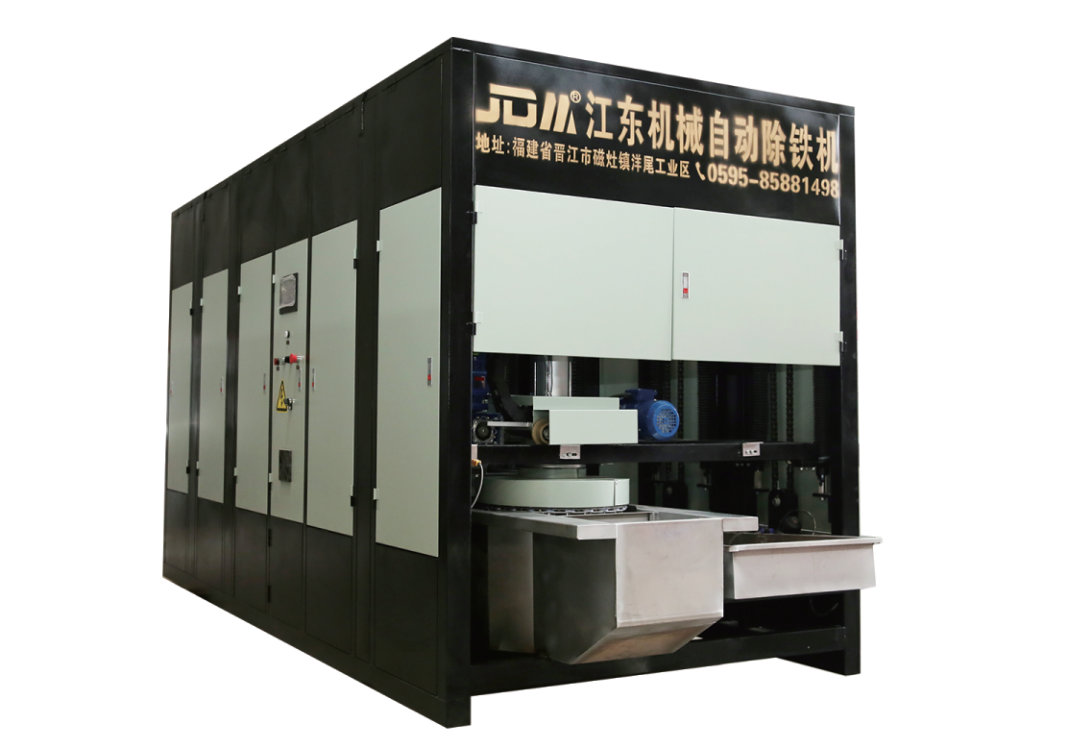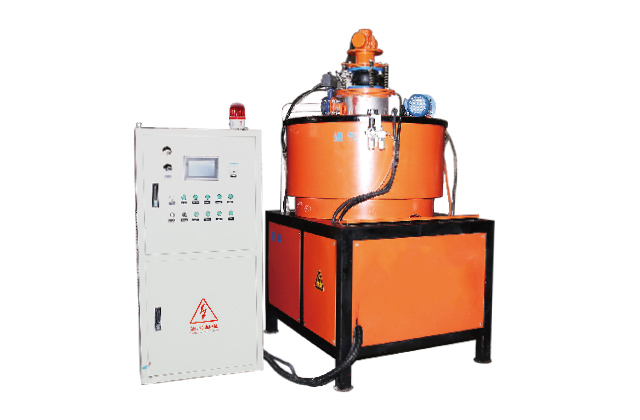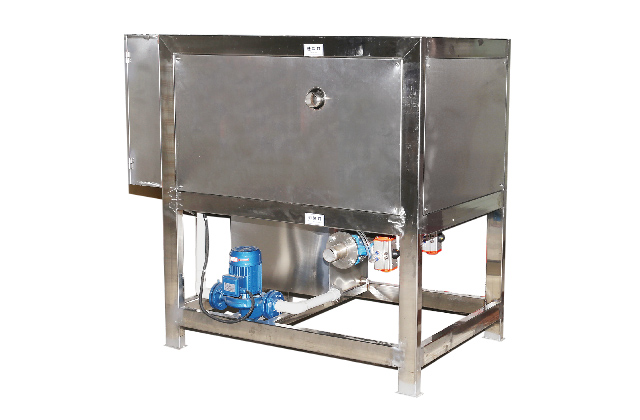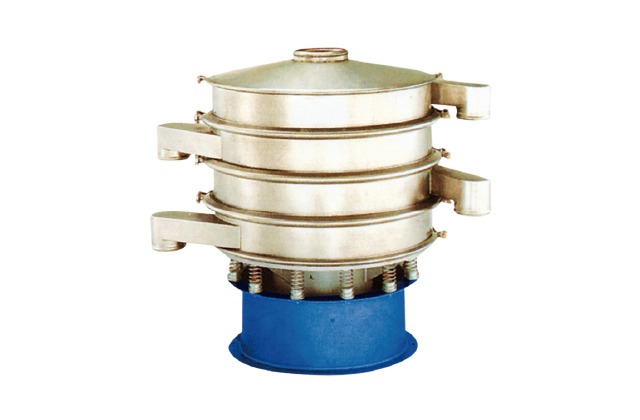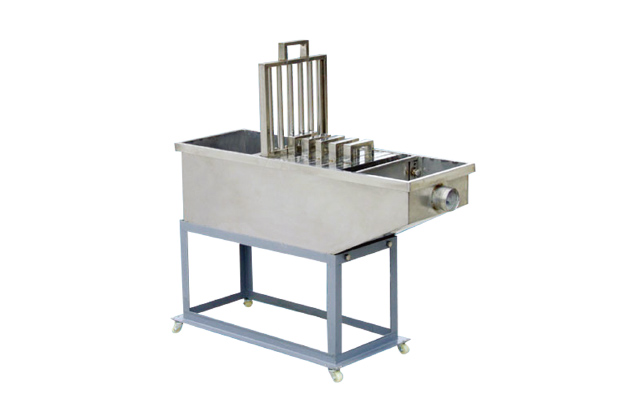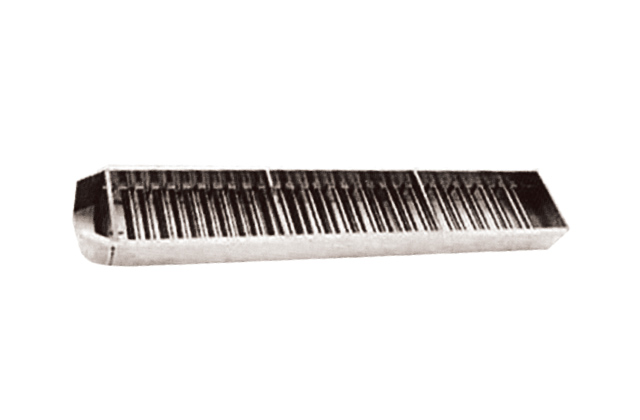September 23, 2025
How to Separate a Mixture of Iron and Sulfur: A Step-by-Step Guide
Introduction
When dealing with mixtures in chemistry, one of the most common challenges is separating the components. A mixture of iron and sulfur is a classic example often encountered in educational settings. But have you ever wondered how to separate these two elements effectively? This article will explore the methods and principles behind separating iron and sulfur, ensuring you gain a clear understanding of the process.
Understanding the Mixture
First and foremost, it’s important to understand the nature of the mixture. Iron and sulfur are two distinct elements with different physical and chemical properties. Iron is a metal, while sulfur is a non-metal. This distinction is crucial because it allows us to exploit their differences for separation.
Physical Separation Methods
One of the simplest ways to separate a mixture of iron and sulfur is through physical methods. These methods rely on the physical properties of the substances, such as magnetism, density, and solubility.
Magnetic Separation
Iron is magnetic, while sulfur is not. This difference makes magnetic separation an effective technique. By passing a magnet over the mixture, the iron particles will be attracted to the magnet, leaving the sulfur behind. This method is not only straightforward but also efficient for small-scale separations.
Density Separation
Another physical method involves using the difference in density between iron and sulfur. Iron has a higher density than sulfur. By suspending the mixture in a liquid with a density between that of iron and sulfur, the iron will sink, while the sulfur will float. However, this method is less commonly used due to the complexity of finding the right liquid medium.
Chemical Separation Methods
While physical methods are often sufficient, there are scenarios where chemical separation may be necessary. Chemical methods involve altering the chemical composition of one or both components to facilitate separation.
Acid Treatment
Sulfur can be dissolved in certain acids, while iron may react differently depending on the type of acid used. For example, concentrated sulfuric acid can react with both iron and sulfur, but the reactions occur at different rates. By carefully controlling the reaction conditions, it’s possible to separate the two elements. However, this method requires caution due to the hazardous nature of acids.
Heating
Heating the mixture can also be an effective chemical method. When heated, sulfur melts at a relatively low temperature (around 115°C), while iron has a much higher melting point (1538°C). By carefully heating the mixture, the sulfur can be melted and separated from the solid iron. This method is particularly useful for larger quantities.
Safety Precautions
When working with chemical mixtures, safety should always be a top priority. Here are a few key precautions to keep in mind:
– Wear protective gear, including gloves, goggles, and a lab coat.
– Ensure good ventilation, especially when working with acids or heating substances.
– Follow proper procedures for handling and disposing of chemicals.
Conclusion
Separating a mixture of iron and sulfur can be achieved through both physical and chemical methods. Magnetic separation is often the most straightforward approach, but density separation and acid treatment can also be effective under the right conditions. By understanding the properties of each element and applying the appropriate technique, you can successfully separate iron and sulfur with ease.

